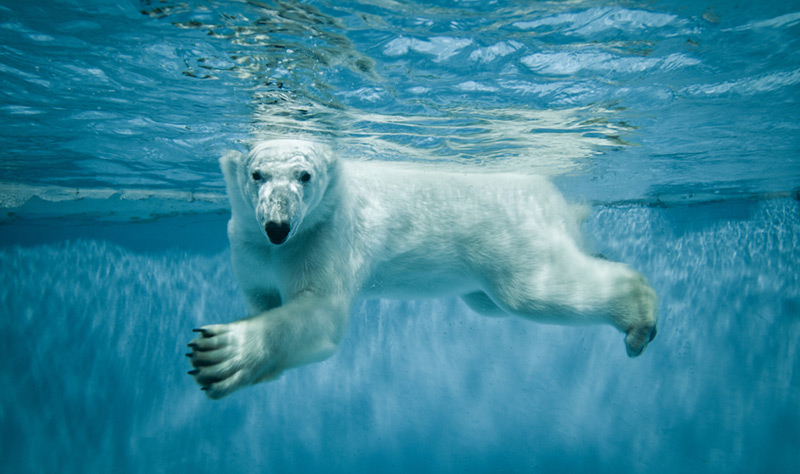
See stunning polar bear pictures from around the world’s polar region, where these magnificent creatures live in the wild.
One of the world's most iconic creatures, the awe-inspiring polar bear lives in the planet's Arctic region. How many? Well, we're not quite sure. Most estimates put the number at between 25,000 and 35,000.
In this photo special, we've gathered together some of the greatest polar bear pictures out there. If you're fascinated by these magnificent marine mammals, get ready to scroll!
Photos of polar bears
These majestic animals are under serious threat from climate change. To celebrate these beautiful creatures and raise awareness of their situation, we hope you enjoy these photos and polar bear facts:
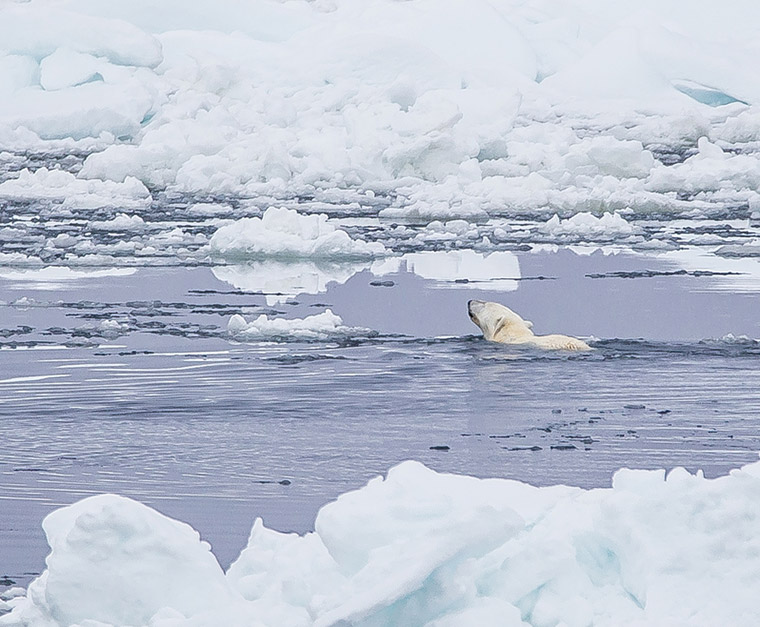
Although they share a lot in common with other bears, polar bears are in fact marine mammals. They are the only bear species with this classification, because they spend most of their lives on sea ice.
They have a long, narrow head that is actually quite small relative to the body. Their claws are short and strong.
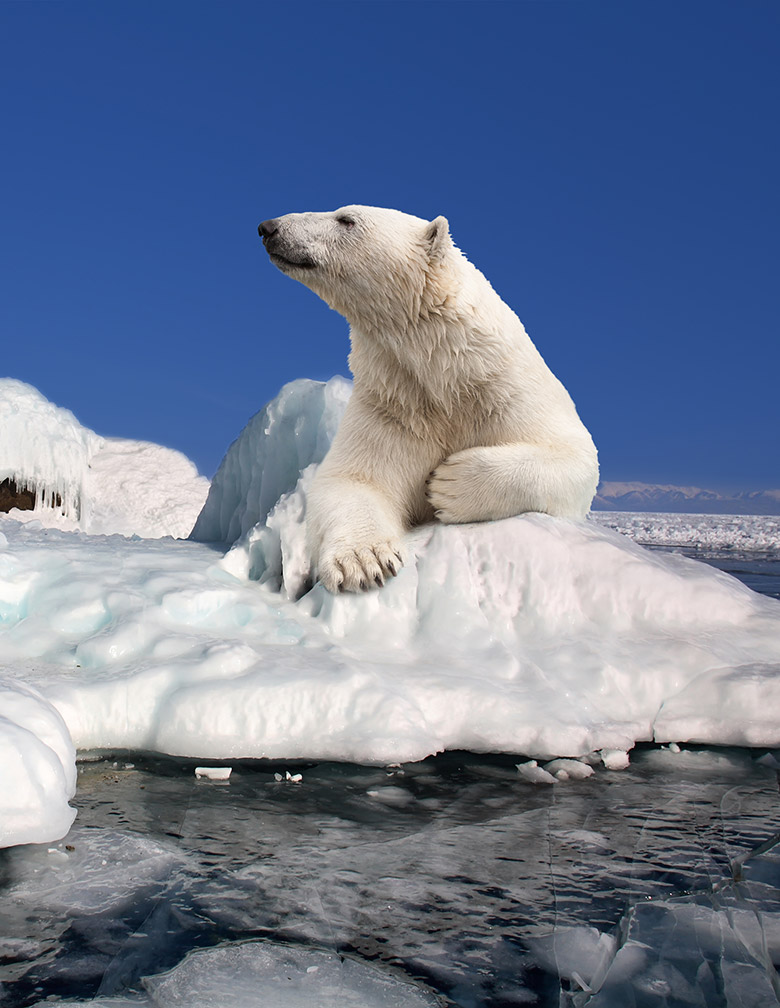
While the bears live in polar regions, they actually live in distinct groups. These groups number up to 19. One of the biggest clusters of bears can be found on the land and the sea ice around Svalbard.
Back in 2014, a survey estimated that as many as 3,500 live in the Barents Sea, with around half of them on Svalbard. The highest density is found along the east coast and in the northern fjords.
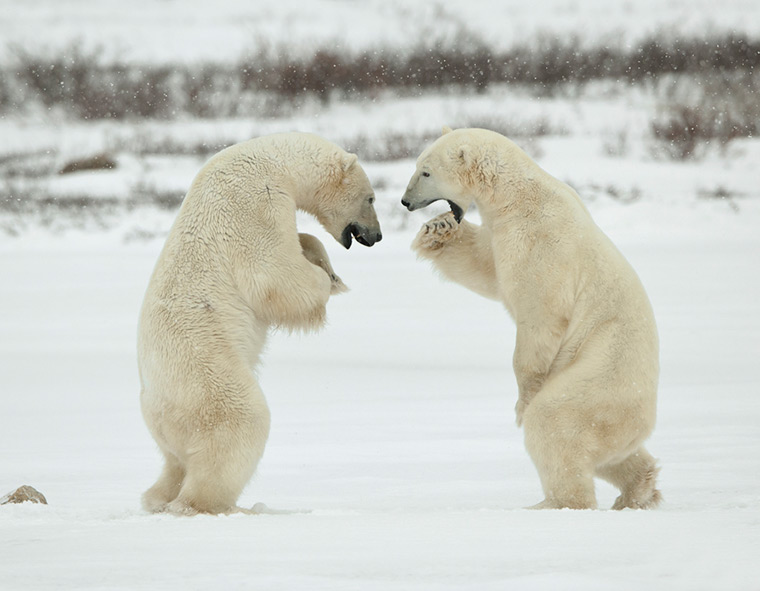
Of course, these bears don't respect national boundaries created by humans. In fact, they live on the territory of five countries. The governments of Canada, Greenland (Denmark), Norway, Russia, and the USA cooperate together on various protection projects and policy development.
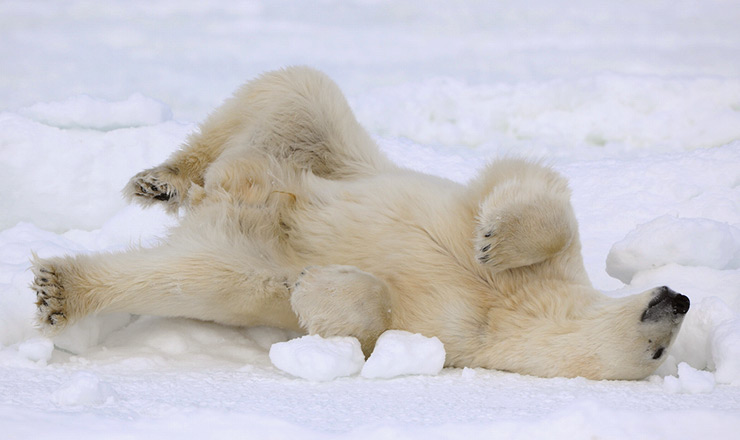
It's fairly well known by now that the biggest threat to polar bears is climate change. That's because they use the sea ice to search big areas of ocean for food.
The problem? Sea ice is much less common than it used to be. The sea ice that exists forms later and breaks up earlier than previously. These trends are set to continue, meaning food will become ever more hard to come by.
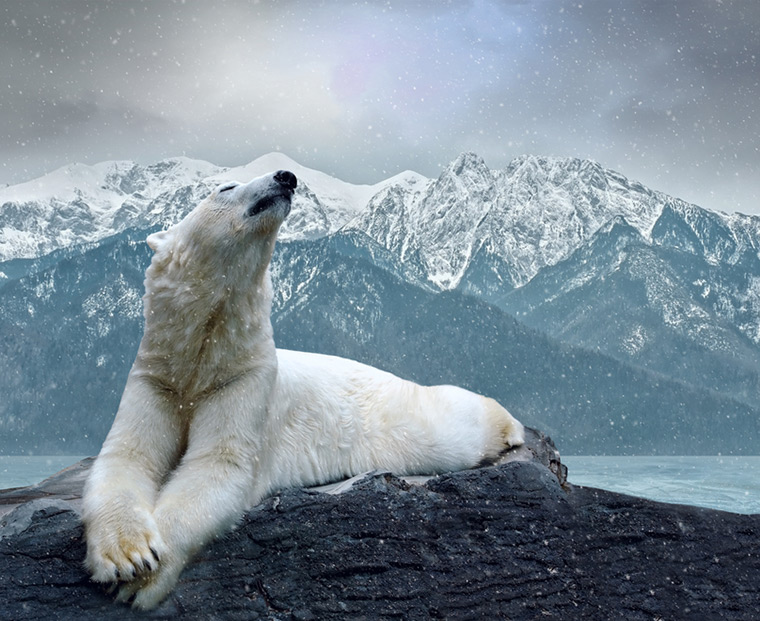
These climate changes are expected to have a drastic impact on the population. A decline of as much as 30% is expected by 2050. Some scientists have said that this estimate is too low, however.
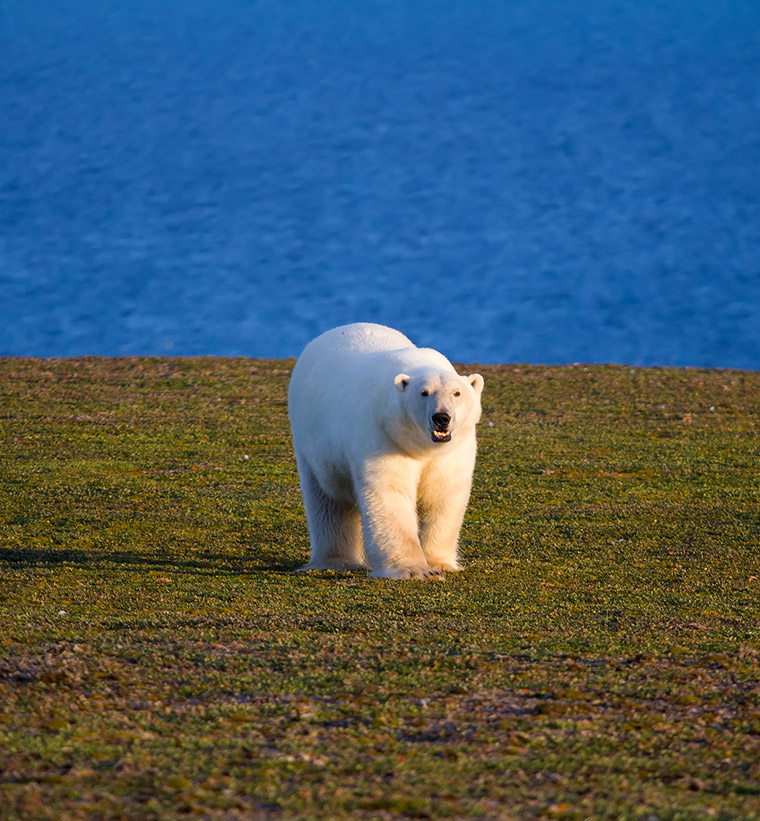
In recent years, more of these creatures have approach human settlements in search of food. The number of polar bear pictures in urban areas is a worrying trend. It's a particular problem in Longyearbyen, the main settlement.
Residents and visitors are only permitted to leave Longyearbyen if they are armed with a weapon—and know how to use it. Of course, shooting a polar bear is illegal unless your life is in serious danger. Warning shots must be fired first.
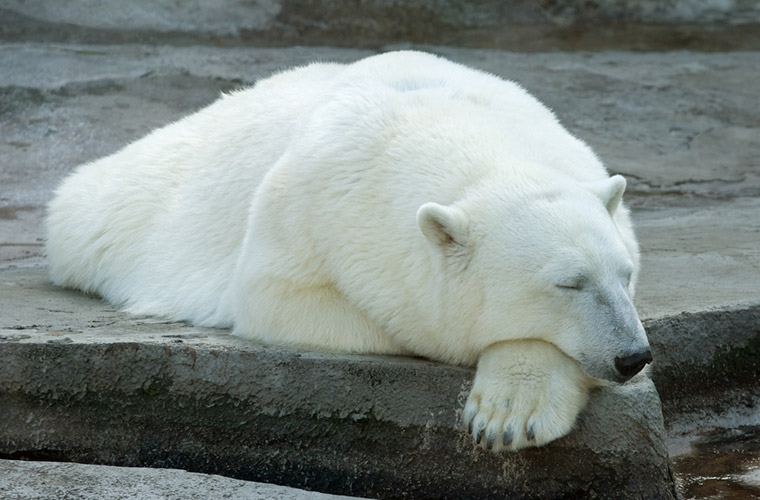
It's perhaps unsurprising to learn that fully-grown males are very heavy indeed. Typically they weigh from 500kg to 750kg and grow to three metres long, but a weight of 800kg is possible. This makes them the world's largest land carnivore. Typical females are about half the size of males.
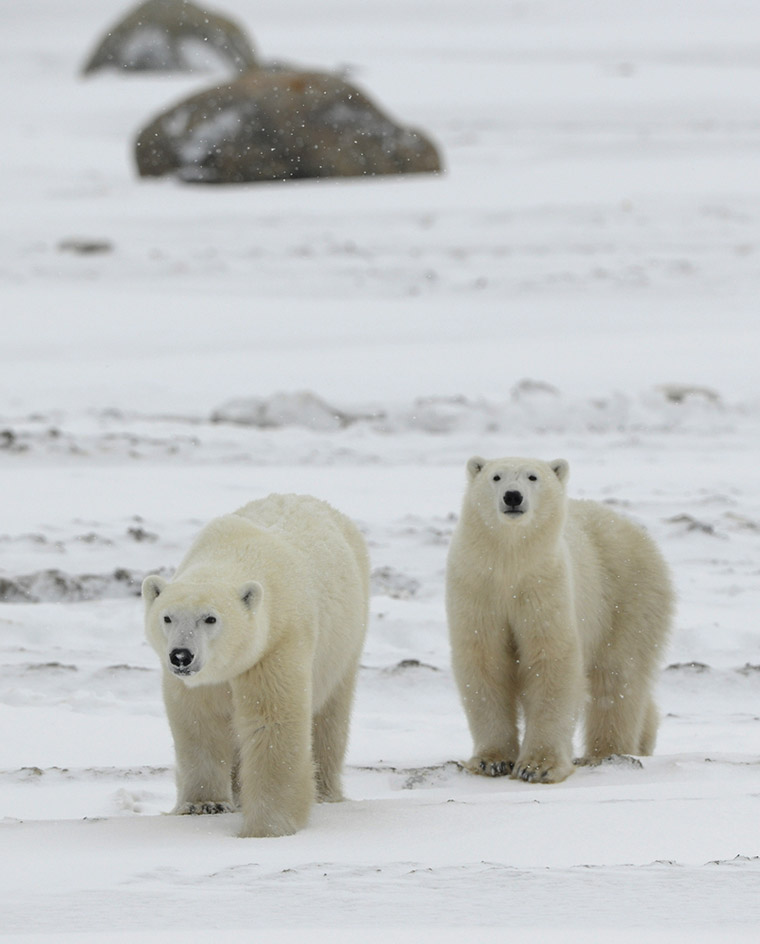
Polar bears are known for their beautiful white fur, but it's not actually white. It's translucent, and only appears white due to the reflection of light. Underneath all the fur, their skin is black—as you can often see around the nose area.
The bears also have an outstanding sense of smell, which is how they stand any chance at all of finding food. They can detect breathing holes in the ice made by seals from up to a kilometre away.
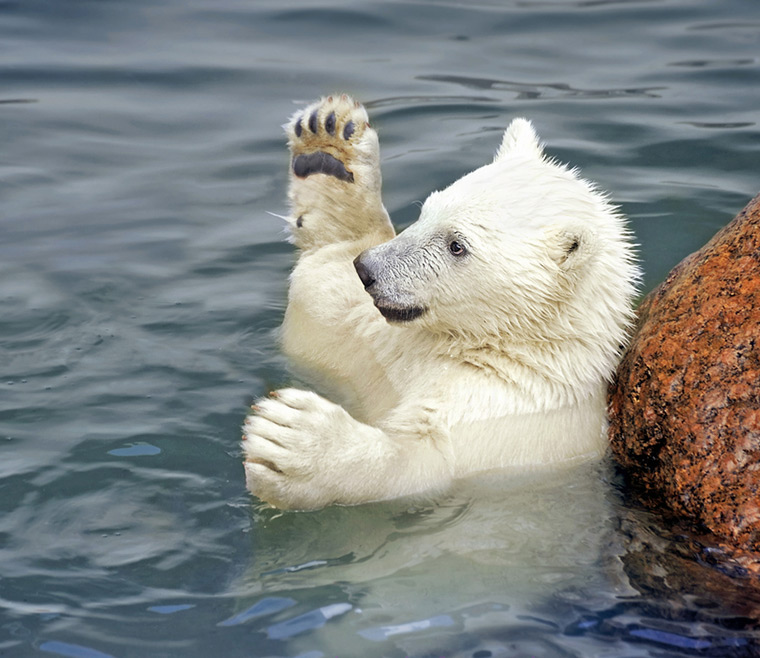
As marine mammals, polar bears can of course swim. But they can actually swim a lot farther than most people realise. At speeds of up to six miles per hour, the bears can swim for hours.
Their large paws are well-suited to paddling through the water, while they hold their hind legs flat to act as a rudder.
I hope you enjoyed these fantastic polar bear pictures! Feel free to share on Pinterest so others can enjoy them too.


Polar bears are very beautiful animals, but sadly they are facing a threat, mostly the climate change, but also oil drilling and trophy hunting is putting these magnificent beasts in danger. By the way, Polar bears are facing extinction by 2100, so oil drilling and trophy hunting should be banned forever so we can protect these beautiful white intelligent bears for conservation.
If you want to save the Polar bears from the brink of extinction, your choice is to build lots and lots of Polar bear sanctuaries, so these magnificent white animals can breed more and more cubs to get the Polar bear’s population increasing again, although the Polar bear sanctuaries would need very large enclosures to give these intelligent animals to roam around, but the enclosures would need grassland, a few trees, a lake for them to swim in and a shelter for them to rest in the shade, to keep the Polar bears a happy life.
Good idea Sam.
Honestly, I love all animals. But learning that global warming is killing them off it breaks my heart. I have to research this for my science class. If you have any suggestions for me I would love to hear them. Thanks!